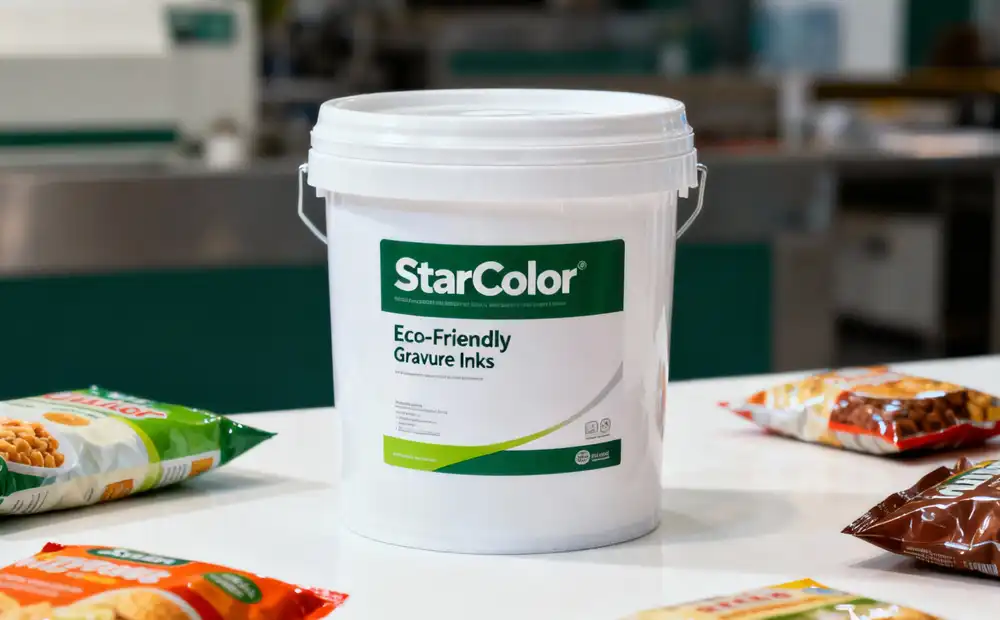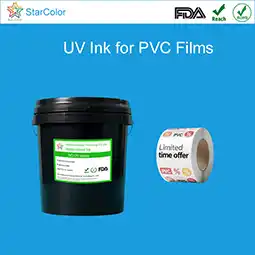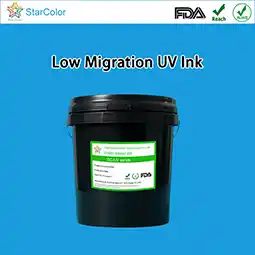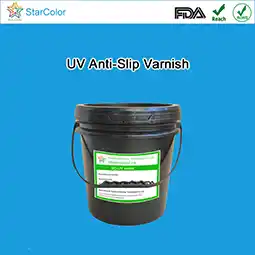Environmental Gravure Ink and Food-Contact Compliance Explained
Date: Nov 19 2025 From: Star Color Views:
Environmental gravure inks have become a core material in food packaging printing. However, a widespread misconception remains: many believe that as long as an ink meets VOC environmental requirements, it naturally meets food-contact safety standards. In reality, environmental compliance and food-contact compliance are two interconnected yet independent systems — environmental indicators address “impact on the environment,” while food-contact safety focuses on “impact on human health.”
This article analyzes the compliance logic, key limits, and practical pathways based on major global standards such as GB 4806.14-2023, FDA 21 CFR 175.300, and EU 10/2011, helping manufacturers avoid safety and export risks.
1. Fundamental Understanding: The Connection and Boundary Between Environmental Gravure Ink and Food-Contact Compliance
1.1 How Environmental Attributes Support Food-Contact Safety
Environmental gravure inks are designed for “low pollution and low emissions,” which helps reduce food-contact risks:
- Water and ethanol-based ink systems contain only 10–50 g/L VOCs, eliminating carcinogenic solvents like benzene and toluene, lowering solvent migration risks.
- High-molecular eco-friendly resins replace traditional rosin resins and reduce phenols, aldehydes, and other hazardous by-products.
- Cleaner production processes reduce impurities such as heavy metals and microbial contamination.
Industry testing shows that inks with VOC ≤ 50 g/L achieve an 82% higher pass rate in solvent-residual migration tests compared with traditional solvent inks.
1.2 Clear Boundary: Environmental ≠ Food-Contact Compliance
Environmental indicators cannot replace migration testing or food-contact assessments. Key differences include:
- Environmental rules focus on “emissions,” while food-contact standards focus on “migration into food,” typically requiring migration ≤ 0.01 mg/kg.
- Some eco-friendly additives still carry migration risks—for example, benzophenone (BP) in UV-type inks must meet EU migration limits ≤ 0.6 mg/kg.
- Poor pigment dispersion may lead to free pigment particles migrating into food even if VOC limits are met.
A well-known case involved a packaging company recalling 100,000 food pouches because the ink passed VOC environmental tests but failed pigment migration standards.
2. Core Compliance: Food-Contact Standards & Key Limits
2.1 China: GB 4806 Mandatory Standards
Under GB 4806.14-2023, environmental gravure inks must meet the following limits:
- Total migration: ≤ 10 mg/dm² (40°C, 24 h simulated testing)
- Heavy metals: total ≤ 1 mg/kg; Pb ≤ 0.1 mg/kg
- Aromatic amines: ≤ 0.01 mg/kg
- No detectable formaldehyde or benzene-series solvent residues
- Sensory requirement: No off-odor after 40°C sealed storage for 24 hours
2.2 Key International Standards
| Market | Standard | Key Requirements |
|---|---|---|
| United States | FDA 21 CFR 175.300 | Resins/pigments must be FDA-listed; Specific migration ≤ 0.02 mg/kg; CA Prop 65: Phthalates ≤ 0.1%. |
| European Union | EU 10/2011 | BP migration ≤ 0.6 mg/kg; 4-MBP ≤ 0.05 mg/kg; PFOA fully banned. |
| India | IS 15495 + BIS | VOC ≤ 50 g/L; Cd ≤ 0.001 mg/kg; Requires food-contact declaration. |
2.3 Direct vs. Indirect Food Contact
- Direct contact: Requires full migration testing (acidic, oily, aqueous simulants).
- Indirect contact: Lower requirements but must pass anti-penetration tests; VOC ≤ 100 g/L.
3. Common Pitfalls and Compliance Risks
3.1 Misconception: “Environmental Certificates = Food Safety Certificates”
ISO 14001 or generic VOC reports do not demonstrate food-contact safety. Only CNAS/CMA or international (SGS/ITS) food-contact migration testing is valid.
3.2 Hidden Risks in Additives & Processing
- UV photoinitiators must be ≤ 1.5%; prefer “reactive photoinitiators” to prevent migration.
- Azo-based heavy-metal dispersants must be avoided.
- Ink plants require Class 100,000 cleanroom to prevent microbial contamination.
3.3 Lack of Batch Stability Control
A real case involved an exporter whose third ink batch failed because cadmium migration rose from 0.0005 mg/kg to 0.0012 mg/kg after raw materials changed—exceeding India’s limit. Solution: introduce batch testing & traceability.
4. Conclusion: Compliance Is the Core Competitiveness
In the era of strict global food packaging regulations, environmental compliance alone is no longer sufficient. Only inks that meet food-contact migration limits can help companies enter high-end markets and export to regions such as the U.S., EU, and India.
Brands like Zhongzhixing, offering customized formulations, certified compliance, and batch-level traceability, represent the future direction of environmentally friendly and food-safe gravure inks.
 RU
RU EN
EN CN
CN















